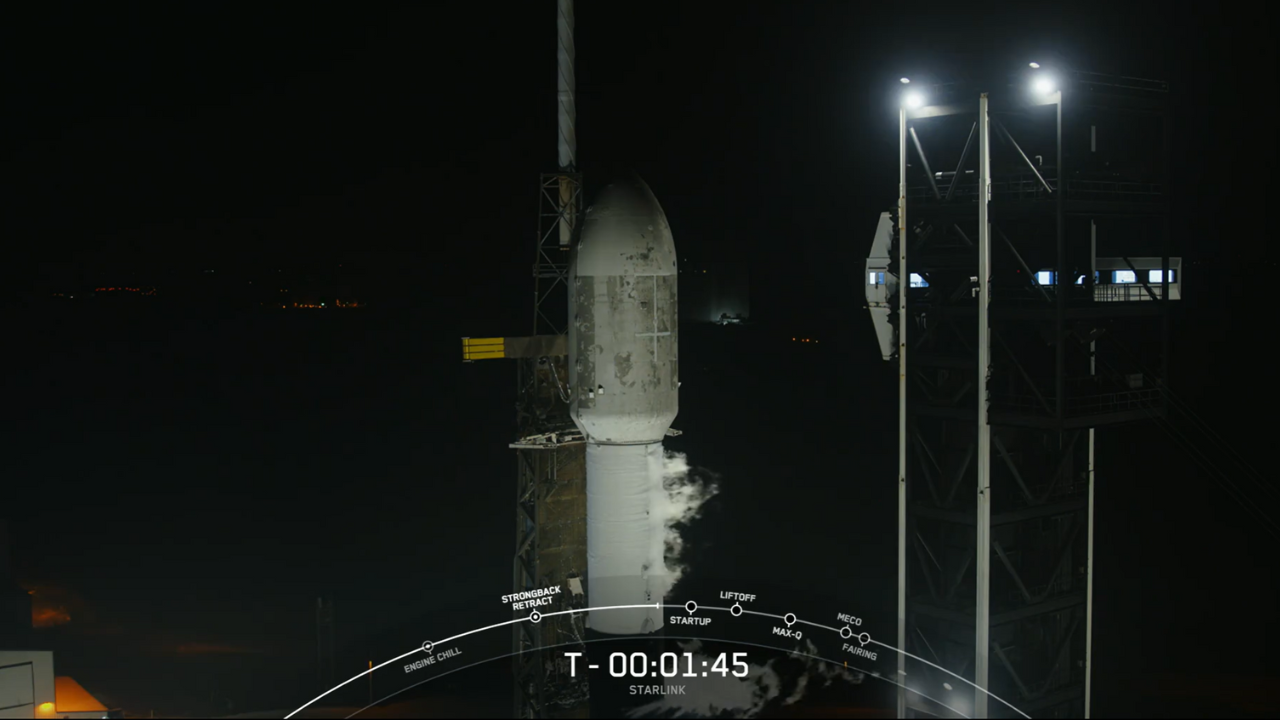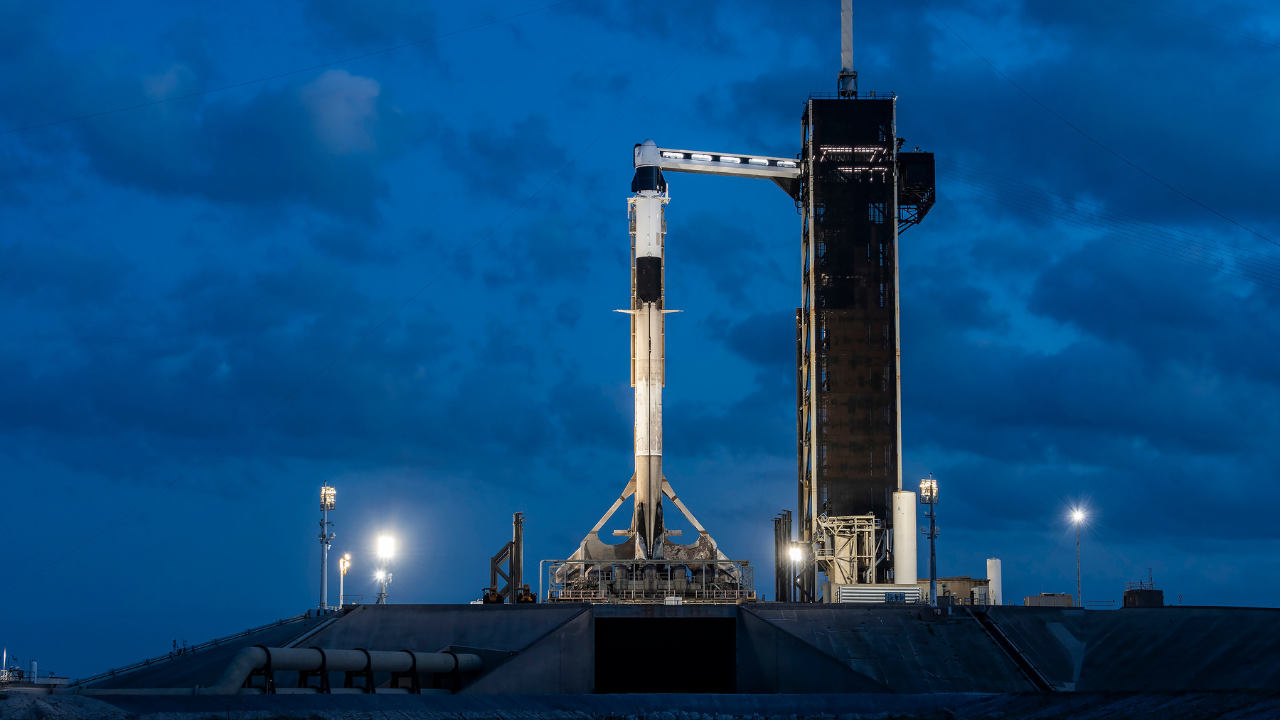Scientists
have recently uncovered the mystery surrounding the lost continent known as Argoland. This
ancient landmass
, believed to have separated from western
Australia
approximately 155 million years ago, was thought to have vanished as it drifted towards Southeast Asia. However, new research has revealed that
Argoland
did not simply disappear; instead, it fragmented due to tectonic forces that stretched and pulled it apart, scattering its remnants across Southeast Asia.
Historical geological evidence indicated that a continent had rifted from Australia around 155 million years ago. This evidence was found in the
Argo Abyssal Plain
, a deep ocean basin located off Australia's northwest coast. Unlike the Indian subcontinent, which remains intact today after breaking away from the supercontinent Gondwana 120 million years ago, Argoland fragmented into multiple pieces. This left scientists puzzled about the whereabouts of these continental fragments.
According to a report in Live Science, Eldert Advokaat, the lead study author from Utrecht University in the Netherlands, and his team embarked on a mission to trace Argoland's journey. They identified fragments of ancient land in regions of Indonesia and Myanmar. However, when they attempted to reconstruct Argoland using these fragments, the pieces didn't fit together as expected.
"The situation in Southeast Asia is very different from places like Africa and South America, where a continent broke neatly into two pieces, Argoland splintered into many different shards," Advokaat said.
By working backward and gathering geological evidence from Southeast Asia, the researchers discovered remnants of small oceans that formed approximately 200 million years ago. "We spent seven years putting the puzzle together," Advokaat said. These oceans likely emerged due to tectonic activities that stretched and fractured Argoland before it eventually broke away. Advokaat explained that this stretching process continued for nearly 50 to 60 million years, after which the fragmented landmass began its drift towards Southeast Asia.
The researchers have now coined the term "Argopelago" to describe this fragmented ensemble of Argoland. Their findings not only solve the mystery of the lost continent but also provide insights into the region's past climate and its influence on present-day biodiversity.
This groundbreaking study, which was published in the journal Gondwana Research, offers a fresh perspective on the history of our planet's continents and the dynamic forces that have shaped them over millions of years.

 1 year ago
239
1 year ago
239




























 English (US)
English (US)